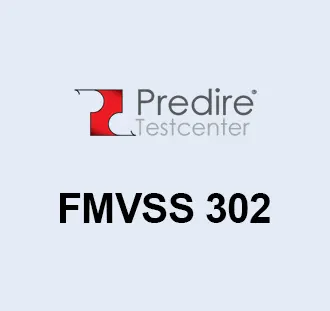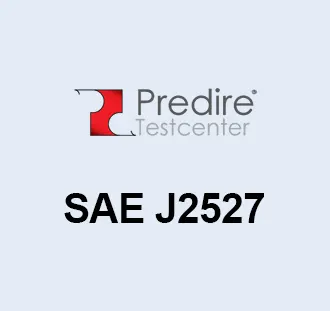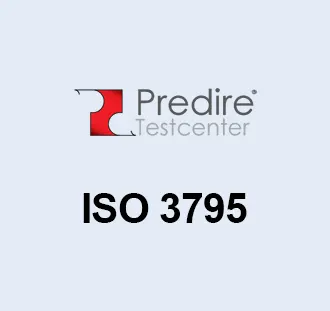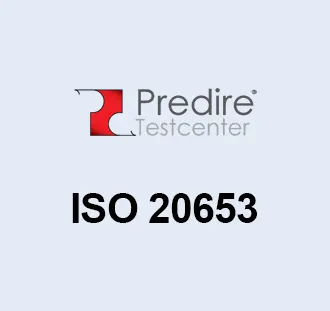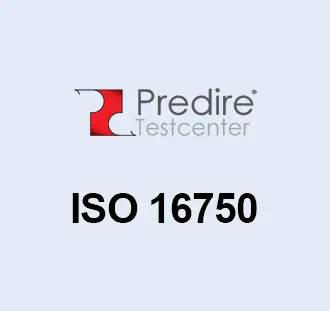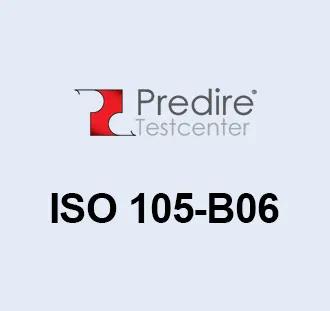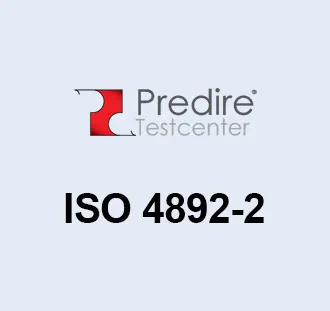SAE J2527: Performance-Based Standard for Accelerated Exposure of Automotive Exterior Materials Using a Controlled Irradiance Xenon-Arc Apparatus
Overview and Purpose
SAE J2527 is a standard developed by the Society of Automotive Engineers (SAE) that specifies a method for performing accelerated weathering tests on automotive exterior materials. The standard uses a controlled irradiance xenon-arc apparatus to simulate the effects of sunlight, heat, and moisture, replicating the conditions that materials would face over time in actual outdoor environments. The primary purpose of SAE J2527 is to evaluate the durability of automotive materials against fading, degradation, and other weather-induced damages, ensuring that they can maintain their appearance and functionality over the life of the vehicle.
How the Test is Conducted
- Sample Preparation: Samples of automotive exterior materials are prepared and mounted in the xenon-arc testing apparatus. This preparation includes cleaning the samples and possibly conditioning them to a specified state before exposure.
- Exposure Conditions: The xenon-arc lamps are used to provide a spectrum of light that closely simulates natural sunlight, including ultraviolet (UV), visible, and infrared (IR) radiation. The standard specifies the irradiance levels, temperature, humidity, and wetting cycles to create a comprehensive simulation of outdoor weathering.
- Test Duration: The duration of the exposure is determined based on the objectives of the test and the expected service life of the material. SAE J2527 provides guidance on selecting appropriate exposure times to achieve accelerated aging without deviating from real-world degradation patterns.
- Evaluation: After the exposure period, the materials are evaluated for changes in color, gloss, mechanical properties, and any other relevant characteristics. The extent of degradation is compared to unexposed control samples to assess the material’s durability.
Purpose of the Test
- Material Selection and Development: Helps manufacturers select and develop materials that are resistant to weathering, ensuring that automotive exteriors remain durable and aesthetically pleasing over time.
- Quality Assurance: Forms an essential part of the quality assurance process, verifying that exterior materials meet the required standards for longevity and performance.
- Product Improvement: Identifies potential weaknesses in materials, driving innovation and improvements in automotive exterior design and material science.
Head Office
Privacy policy and cookies
Click here to present our privacy policy and explains how we use cookies on this website

